A Comprehensive Guide to Unlocking the Power of Fermentation
Fermentation is an ancient technique that preserves and enhances food. It extends shelf life, boosts flavor and nutrition, and promotes gut health. Fermented foods like yogurt, kimchi, sauerkraut, and kombucha are rich in probiotics, which support digestion and immune function. This guide delves into the art of making fermented foods, the science behind fermentation, and how you can start fermenting at home.
1. Understanding Fermentation
Fermentation is a natural process where microorganisms such as bacteria, yeast, or mold convert sugars in food into acids, gases, or alcohol. This process preserves food and enhances its nutritional value, making it easier to digest and often more flavorful. There are two main types of fermentation:
Lactic Acid Fermentation: The most common form in food preparation, where lactic acid bacteria break down sugars into lactic acid, creating tangy flavors in foods like kimchi, sauerkraut, and yogurt.
Alcoholic Fermentation: In this process, yeast converts sugars into alcohol and carbon dioxide, used in making beverages like beer, wine, and kombucha.
2. Benefits of Fermented Foods
Fermented foods provide numerous health benefits:
Probiotic Rich: Fermented foods are a natural source of probiotics that support gut health by promoting a healthy balance of bacteria in the digestive system.
Enhanced Nutrient Absorption: Fermentation increases the bioavailability of vitamins and minerals, allowing your body to absorb them more effectively.
Improved Digestion: Enzymes produced during fermentation help break down food, making it easier to digest.
Boosted Immunity: Probiotics in fermented foods can strengthen the immune system and improve overall health.
Flavor Enhancement: Fermentation intensifies flavors, creating complex, tangy, and delicious profiles.
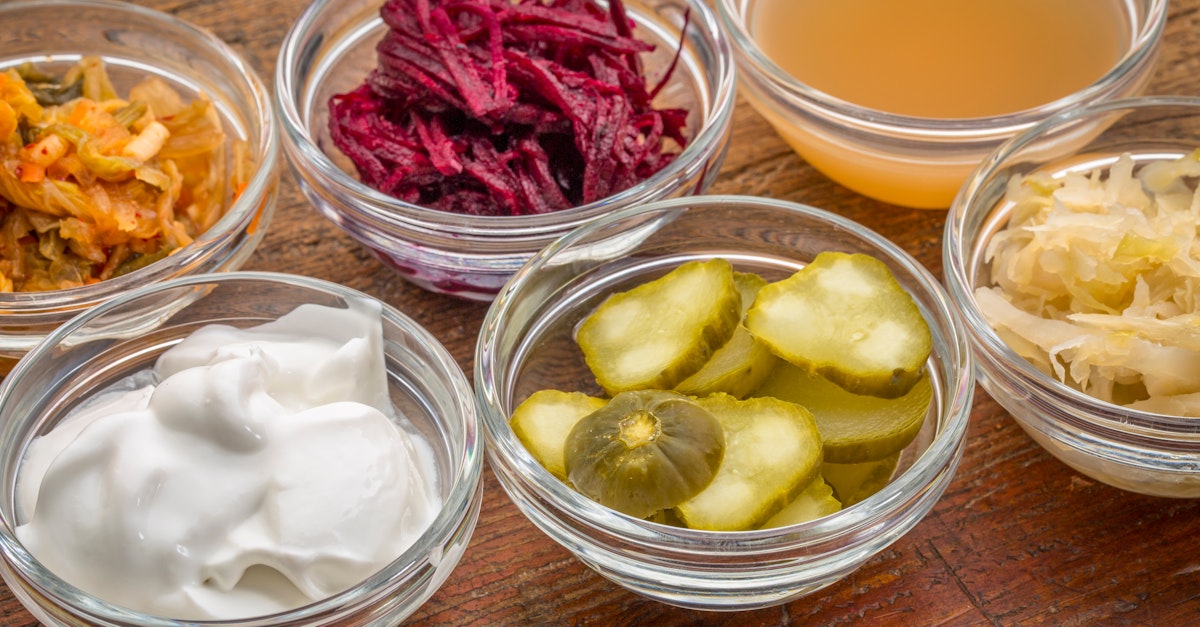
3. Essential Tools for Fermentation
To begin fermenting at home, you’ll need some basic tools and ingredients:
Glass Jars or Crocks: Use non-reactive containers like glass or ceramic to hold your fermenting foods. Avoid metal, as it can react with the acids produced during fermentation.
Weights: Use weights to keep fermenting vegetables submerged in the brine.
Cloth or Airlock: Cover jars with a breathable cloth to keep out dust and insects, or use an airlock lid for more controlled fermentation.
Salt: Essential for lactic acid fermentation, salt inhibits harmful bacteria while allowing beneficial bacteria to thrive.
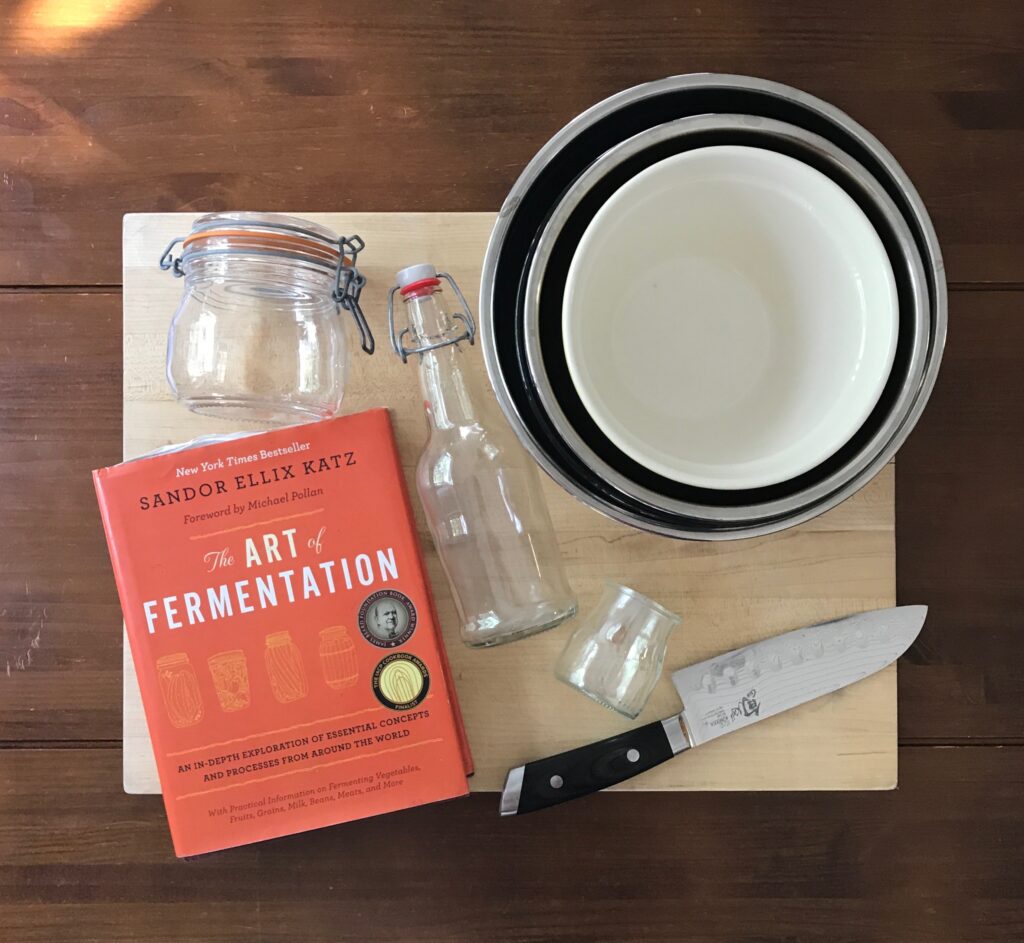
4. Making Fermented Vegetables
Fermenting vegetables is easy and popular, especially for making sauerkraut or kimchi. Follow these steps:
Step 1: Prepare the Vegetables
Select fresh, organic vegetables like cabbage, carrots, radishes, or cucumbers.
Wash thoroughly to remove dirt and pesticides.
Slice or chop vegetables to your desired shape (thin for sauerkraut, thicker for kimchi).
Step 2: Add Salt
Use 1-2 tablespoons of salt for every 2 pounds (900 grams) of vegetables.
Massage salt into the vegetables until they release water, creating the brine needed for fermentation.
Step 3: Pack the Vegetables into a Jar
Firmly pack salted vegetables into a glass jar, pressing down with hands or a wooden spoon to remove air pockets.
Pour any remaining liquid over the vegetables, ensuring they are fully submerged in the brine.
Step 4: Add Weights and Cover
Place a weight on top to keep vegetables submerged.
Cover the jar with a cloth or a lid with an airlock to allow gases to escape during fermentation.
Step 5: Fermentation Process
Leave the jar at room temperature (65-75°F or 18-24°C) to ferment.
After a few days, bubbling indicates fermentation is taking place.
Ferment vegetables for 1-4 weeks, depending on desired flavor.
Step 6: Taste and Store
Taste after one week to check flavor. If tangy and to your liking, they’re ready!
Store fermented vegetables in the refrigerator to slow down fermentation and preserve flavor.
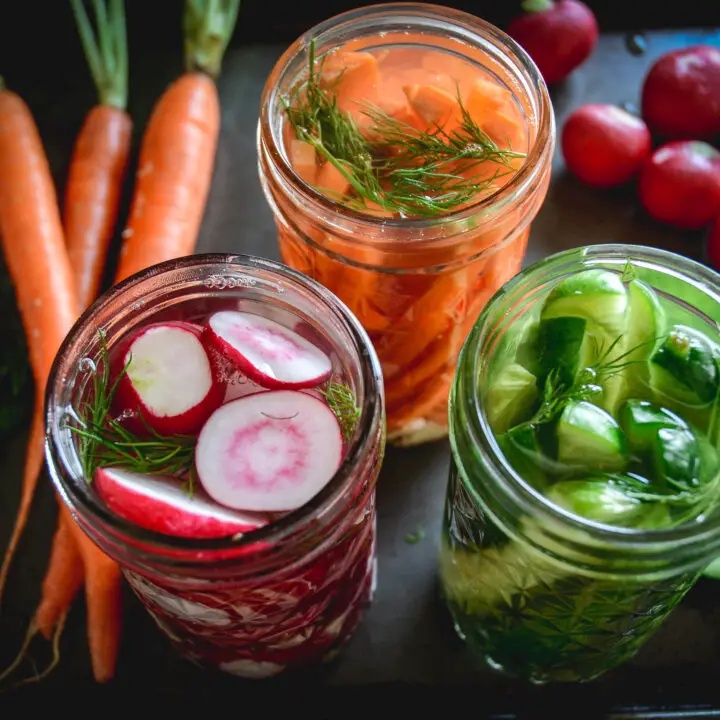
5. Making Kombucha
Kombucha is a popular, slightly fizzy fermented tea rich in probiotics. Here’s how to make it:
Ingredients:
8 cups (2 liters) of water
1 cup (200 grams) of sugar
4 tea bags (black or green tea)
1 SCOBY (Symbiotic Culture of Bacteria and Yeast)
1 cup (240 ml) of unflavored kombucha (from a previous batch or store-bought)
Instructions:
Step 1: Brew the Tea
Boil water, add tea bags, and steep for 5-10 minutes. Remove tea bags and stir in sugar until dissolved.
Let tea cool to room temperature.
Step 2: Add SCOBY
Pour cooled tea into a large glass jar and add the cup of kombucha.
Place the SCOBY on top of the tea mixture.
Step 3: Ferment
Cover jar with a cloth and secure with a rubber band. Let kombucha ferment for 7-10 days at room temperature.
Taste for sweetness and tanginess after the first fermentation.
Step 4: Second Fermentation (Optional)
For added fizziness, transfer kombucha into bottles with airtight lids and ferment for another 3-7 days.
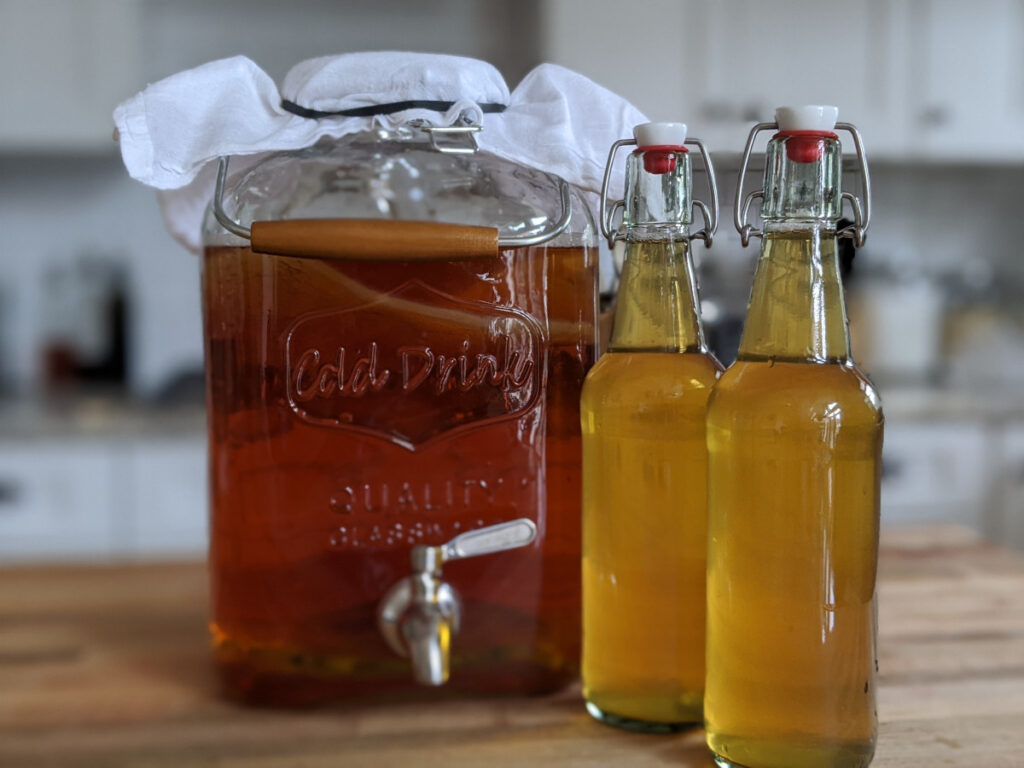
6. Making Yogurt
Homemade yogurt requires only two ingredients: milk and a yogurt starter culture.
Instructions:
Heat milk to 180°F (82°C), then cool to 110°F (43°C).
Stir in the yogurt starter or 2 tablespoons of plain yogurt with live cultures.
Pour mixture into a clean jar and incubate at 110°F for 6-12 hours until thickened.
Refrigerate your homemade yogurt and enjoy!
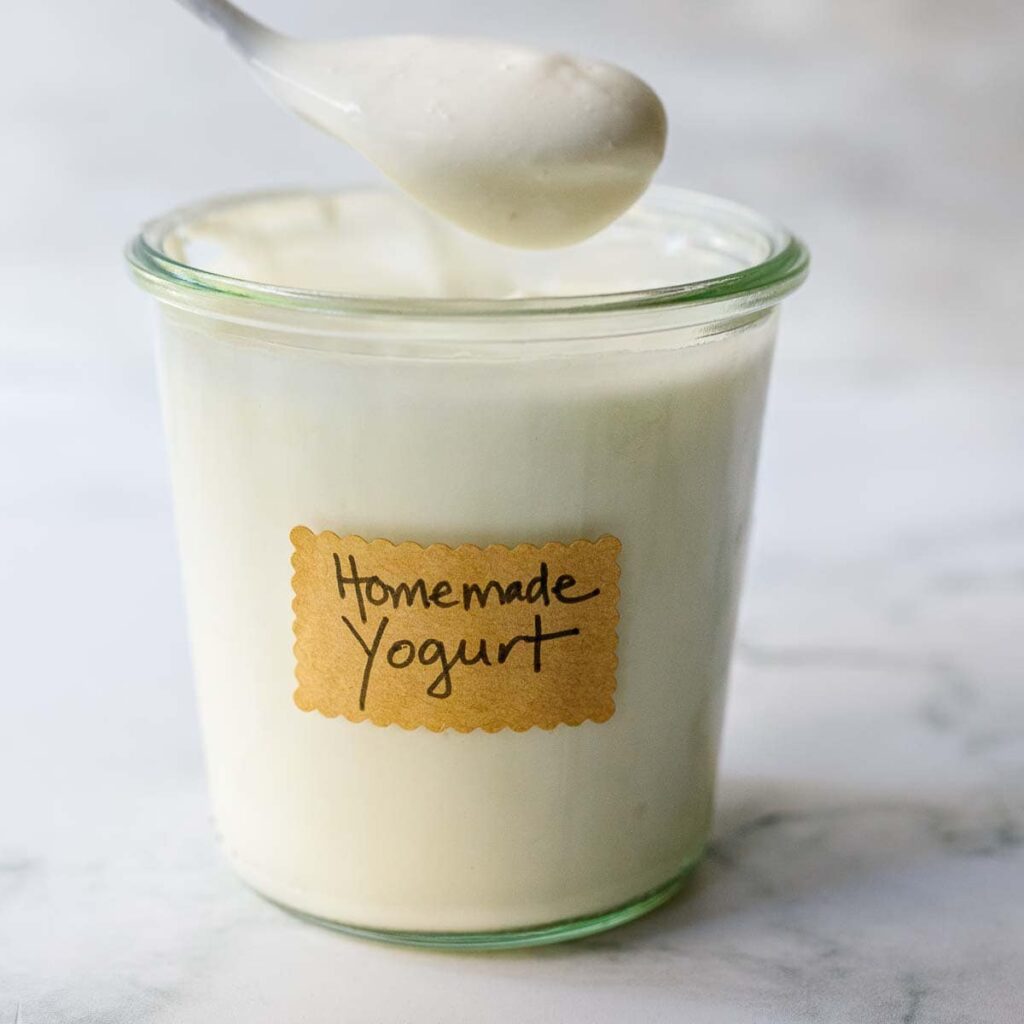
Conclusion: The Joy of Fermentation
Fermenting foods at home is rewarding and healthy. Whether it’s vegetables, kombucha, or yogurt, fermentation offers endless possibilities for creativity in the kitchen. With just a few ingredients and some patience, you can create flavorful, nutrient-rich foods that benefit your body and taste buds.
Call to Action: Ready to dive into fermentation? Start with a simple recipe like sauerkraut or kombucha and unlock the ancient art of preserving and enhancing food. Your gut will thank you!
